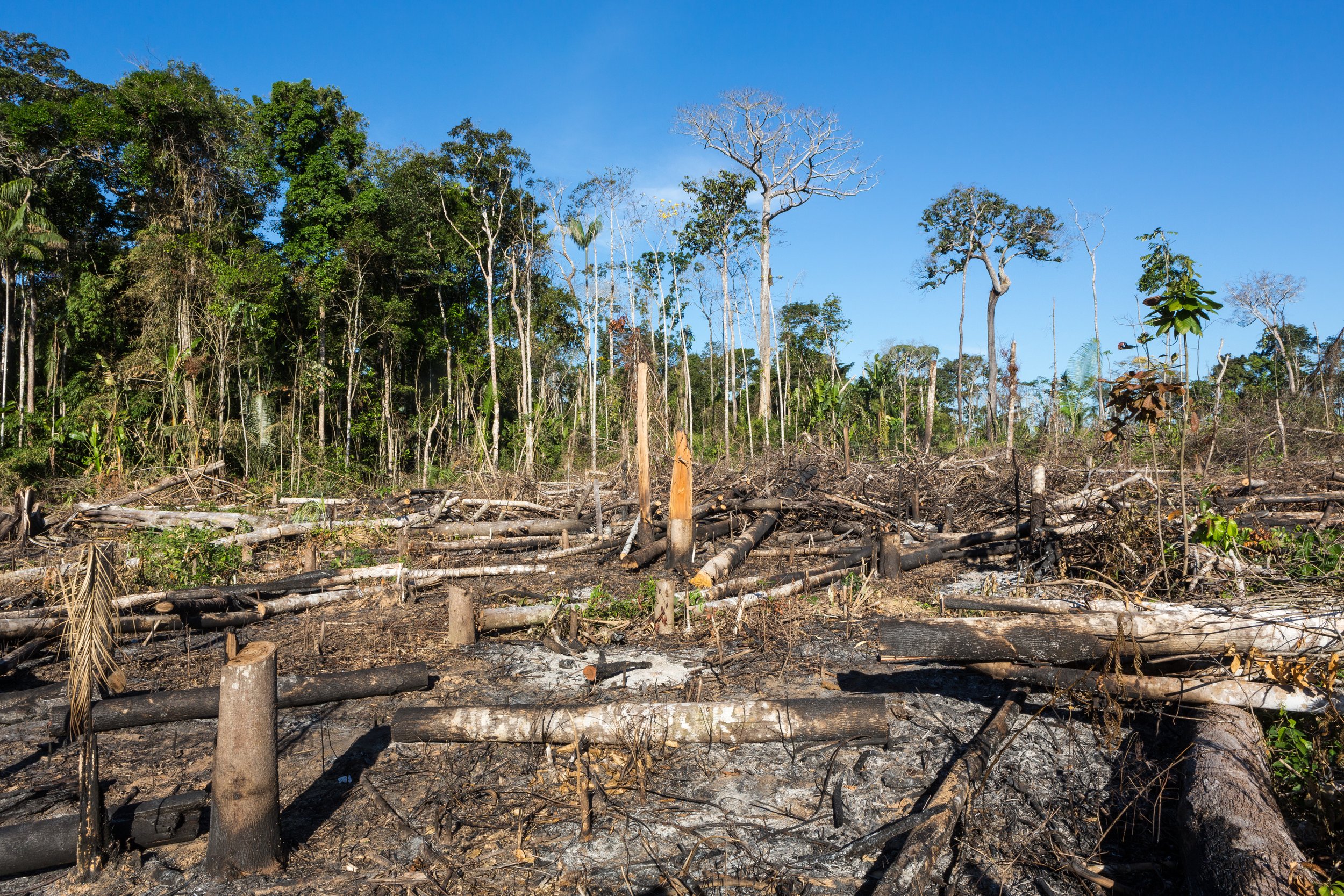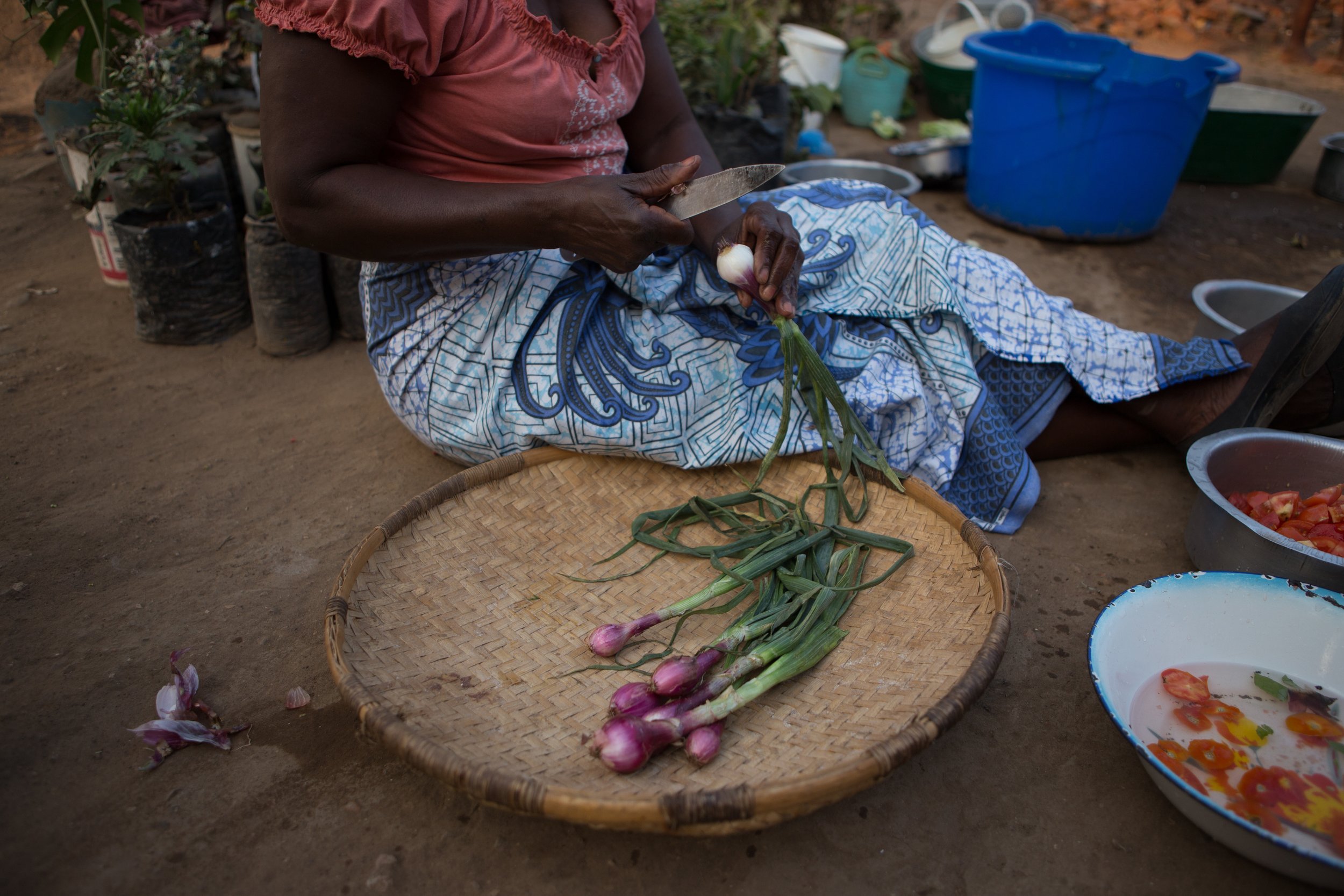The Healing Power Of Grassroots Reforestation.
Reforestation, as we know it, is simply planting trees in places where forests once stood.
Grassroots reforestation is a kind of reforestation that is community-driven and locally led. I’m talking about everyday people like you and me stepping up to protect their land, climate, and future. No big institutions or giant corporations running the show.
And it’s working.
Across the globe, while climate change grabs headlines and deforestation drains biodiversity, communities are quietly planting the seeds of something better and turning the negatives around.
And it isn’t just an environmental movement. It’s a reclamation of natural heritage. A bold, quiet revolution rooted in care, resilience, and the deep knowledge that healing the planet can (and should) start from within communities.
The thing is, when people are connected to their lands, they become stewards of the future. With every sapling, they rewrite a story from the ground up.
But how exactly does it work? And why is local involvement the secret ingredient to long-term success?
Let’s get into it and see how grassroots reforestation is changing the planet, one tree and one community at a time.
Amazon Rainforest
Why Community-Led Reforestation Works
Community-led reforestation works because it makes sense. It centers the people who are directly connected to the land, gives them the tools and trust to lead, and builds systems that last. Let’s break down why it’s not just working but thriving.
1. Local Knowledge Meets Modern Tools
No one knows the land better than the people who live on it. Local farmers, indigenous communities, and forest dwellers understand the terrain, the seasons, and what species naturally thrive on them. They have expertise that runs deep, passed down through generations.
So when their traditional knowledge gets paired with modern scientific insight, like soil analysis, satellite mapping and climate modeling, that's where the magic happens.
Together, they create reforestation strategies that aren’t just theoretical. Strategies that are highly effective, sustainable, and perfectly tailored to the local environment.
2. Local Economic Boost
Reforestation doesn’t just heal the land, it also creates livelihoods.
From managing nurseries and planting trees to harvesting non-timber forest goods, communities are tapping into green jobs that pay. That means more income, better healthcare, and improved education. This also means dependence on harmful practices that harm the environment.
So, it’s a win for nature and the people. The families thrive, and so do the forests.
3. It’s Scalable, Sustainable, and Smart
Top-down reforestation programs led by the big institutions often get lost in red tape. There are either funding delays, distant decision-makers or long approval chains. But grassroots initiatives? They’re fast, flexible, and rooted in real needs.
They’re also easily replicable. A small, successful model in one village can be adapted and expanded to cover entire regions without losing momentum. With minimal outside investment, communities can grow forests and their futures, all while staying socially and environmentally.
How It’s Changing the Planet
Grassroots reforestation isn’t just about planting trees, it’s about transforming entire ecosystems, reintroducing native species, and preserving local biodiversity. When communities take the lead, the impact goes far beyond the soil. Here’s how their work is making a global impact:
1. Climate Healing, One Tree at a Time
Trees are nature’s carbon trappers. Every seedling planted helps absorb CO₂ from the atmosphere, reducing greenhouse gas emissions and, in turn, global warming. Forests are one of our most powerful tools in the fight against climate change.
The more community-led reforestation efforts grow, the more we restore balance not just locally, but globally.
2. Biodiversity Gets a Second Chance
Restored forests bring life back. They provide safe habitats for native wildlife, protect endangered species, and create corridors for biodiversity to thrive again. It’s a comeback story for the plants, animals, and microorganisms that were once pushed out, and they return stronger than ever.
3. Enhanced Resilience
Reforested areas are more than green, they’re strong. Trees help reduce flooding, improve soil health, and act as natural buffers during extreme weather. In places hit hard by natural disasters, these forests act like shields, helping communities bounce back faster and safer.
4. Community Empowerment
Perhaps the most beautiful part? As trees grow, so does community pride. People become protectors of their environment. They earn income, gain independence, and become living proof that sustainability and survival can go hand in hand. That’s not just progress, that’s empowerment.
Real-Life Success Stories
It’s one thing to talk about change. It’s another to see it. These grassroots projects are living proof that when communities take charge, real transformation happens, for people, wildlife, and the planet.
Kenya’s Mirema Forest Revival
Once-degraded and nearly forgotten, Mirema Forest in Kenya has made a powerful comeback thanks to the Mirema Community Forest Association (CFA). Since 2018, locals have reforested over 400 hectares using a mix of natural regeneration and strategic planting. With over 300,000 trees planted and a 70% survival rate, the area now sees fewer floods and healthier farmland.
The 801-hectare site was denuded by heavy logging for charcoal production in the 80s and 90s. The CFA team has already restored 50% of the forest, with full recovery expected by 2027.
Refloresta Rio: A Green Dream in the City
In Rio de Janeiro, the Refloresta Rio program is rewriting the story of urban sustainability. What started as a city-led initiative has grown into a powerful community movement, with locals restoring over 3,400 hectares of native Atlantic forest across 92 neighborhoods.
By planting millions of seedlings on the slopes of favelas, they’ve reduced landslide risks, cooled urban heat islands, and welcomed native wildlife back home. It’s a masterclass in what happens when cities and citizens grow green together.
Malawi: Trees That Feed and Protect
In rural Malawi, reforestation isn’t a luxury, it’s a lifeline. Communities here have planted 25,000+ trees through locally-run nurseries, not just to green the land, but to feed their families. The results? Healthier soil, improved crop yields, better water retention, and stronger resilience during droughts.
They’ve shown the world that restoring land and securing food go hand in hand and that sustainable agriculture can be powered by roots, not chemicals.
These stories aren’t one-offs, they are blueprints. They show us what’s possible when we trust local wisdom, provide the right support, and let communities lead.
Malawian Village
Join the Movement
Grassroots reforestation is more than replanting, it’s about a better connection between people and the environment, between communities and their future.
When everyday people become caretakers of the Earth, the impact is real. Ecosystems bounce back, local economies grow, and generations rise with a new sense of purpose.
Whether you’re an urban dweller inspired by the green hills of Rio, a rural farmer in Malawi reclaiming your soil or someone who has never held a shovel, there’s a place for you in this movement. You don’t have to plant a forest to make a difference. You know the saying, “little drops of water make a mighty ocean”? Well, in this case, it’s tiny saplings growing into mighty forests.
If you’re not the hands-on type, that’s okay. You can still support the local heroes on the frontlines of climate resilience by donating to grassroots projects, sharing their stories, or simply spreading the word. Every bit of support counts.





